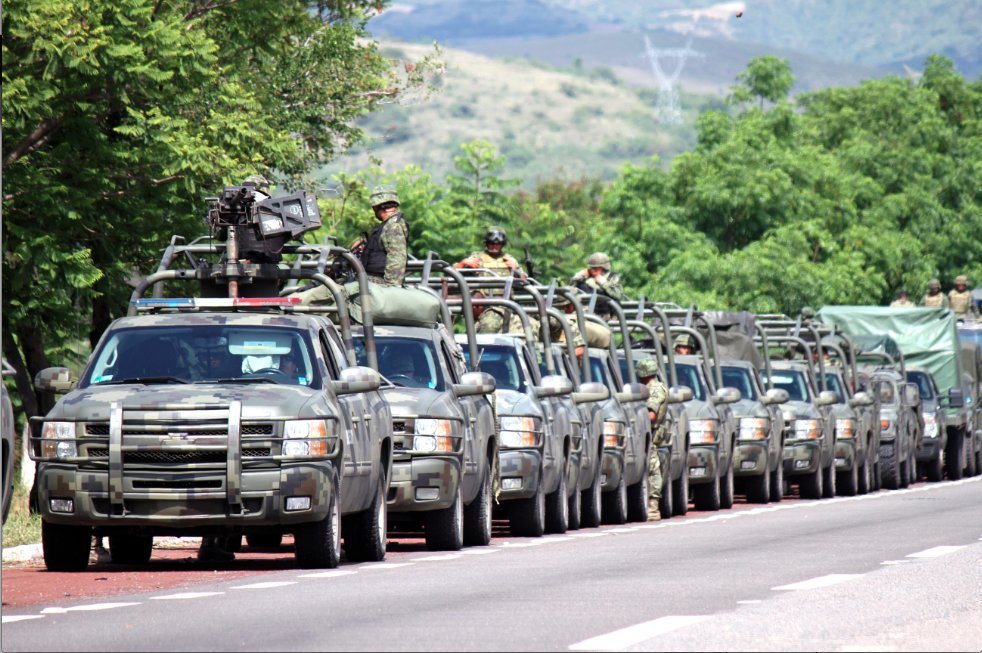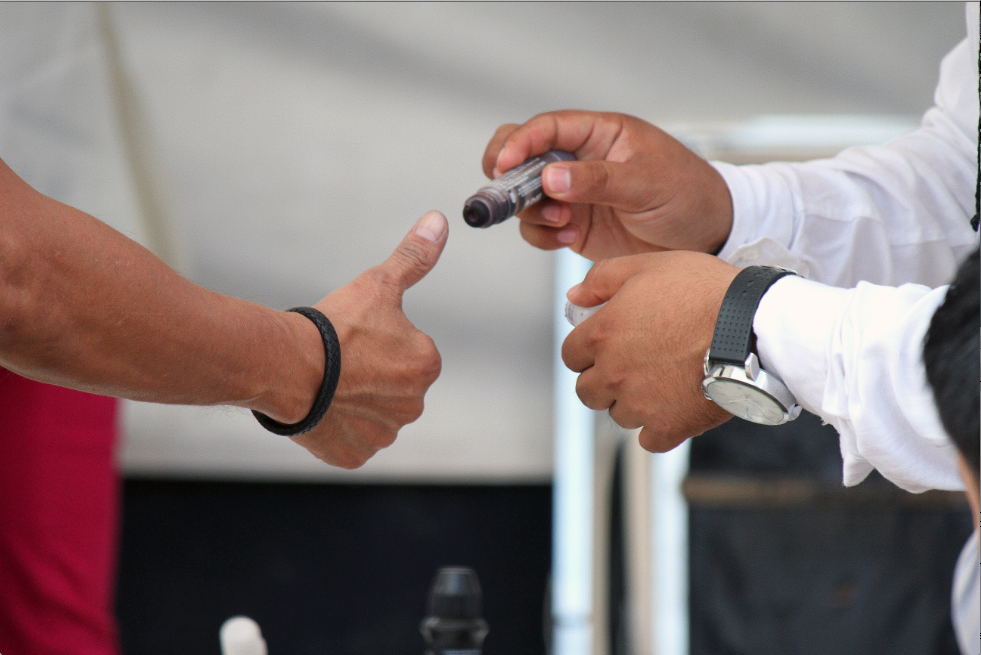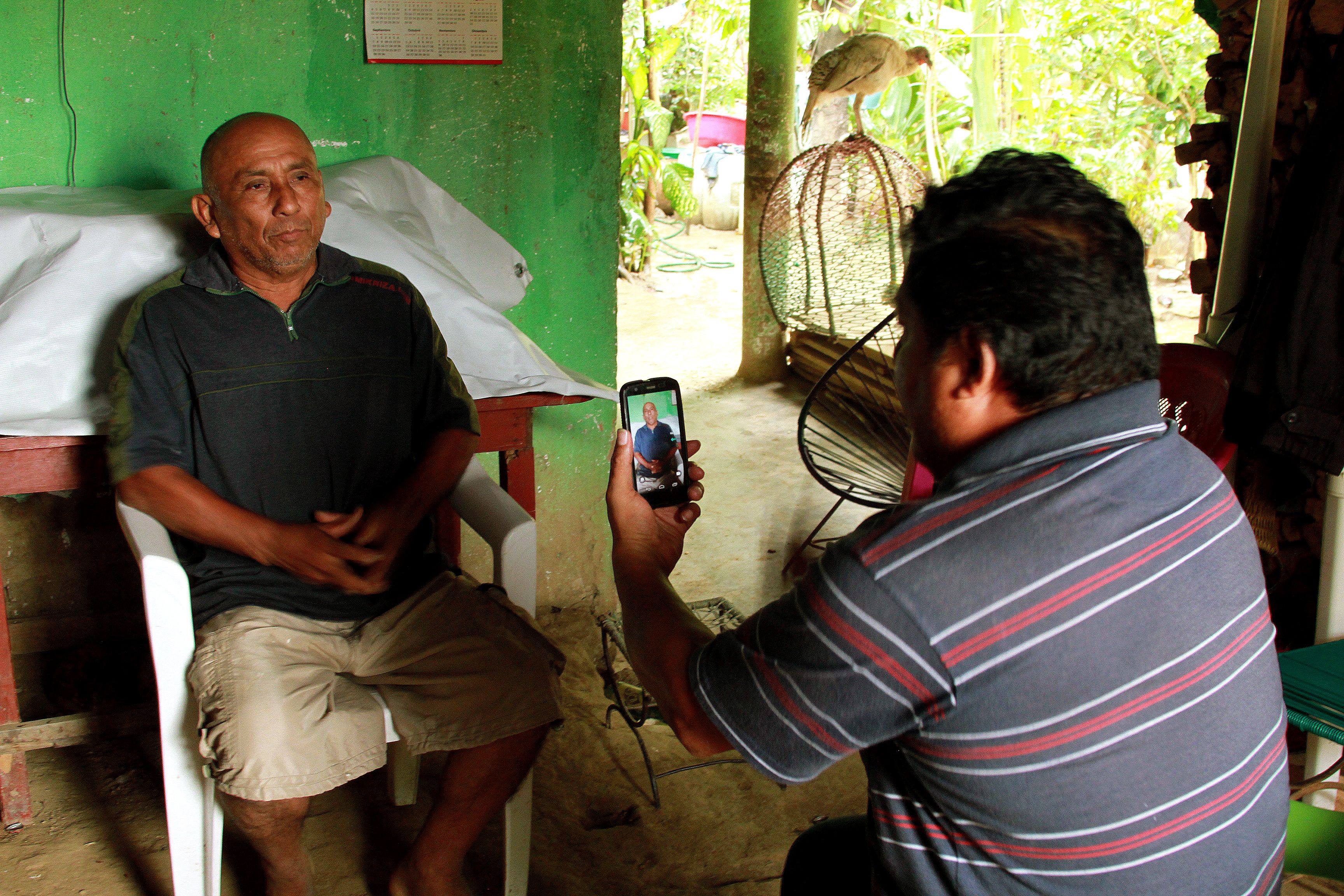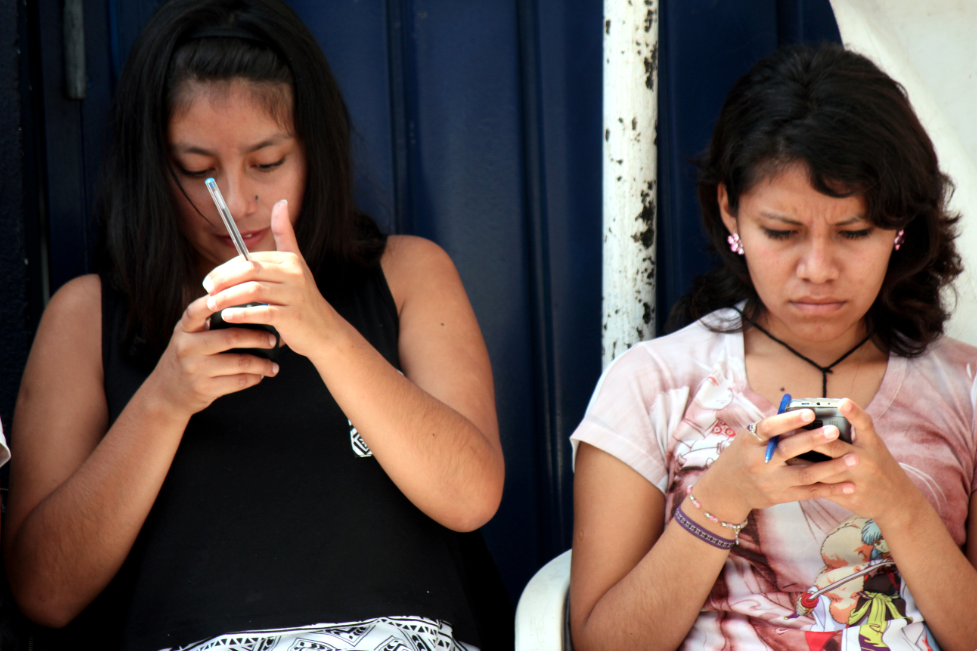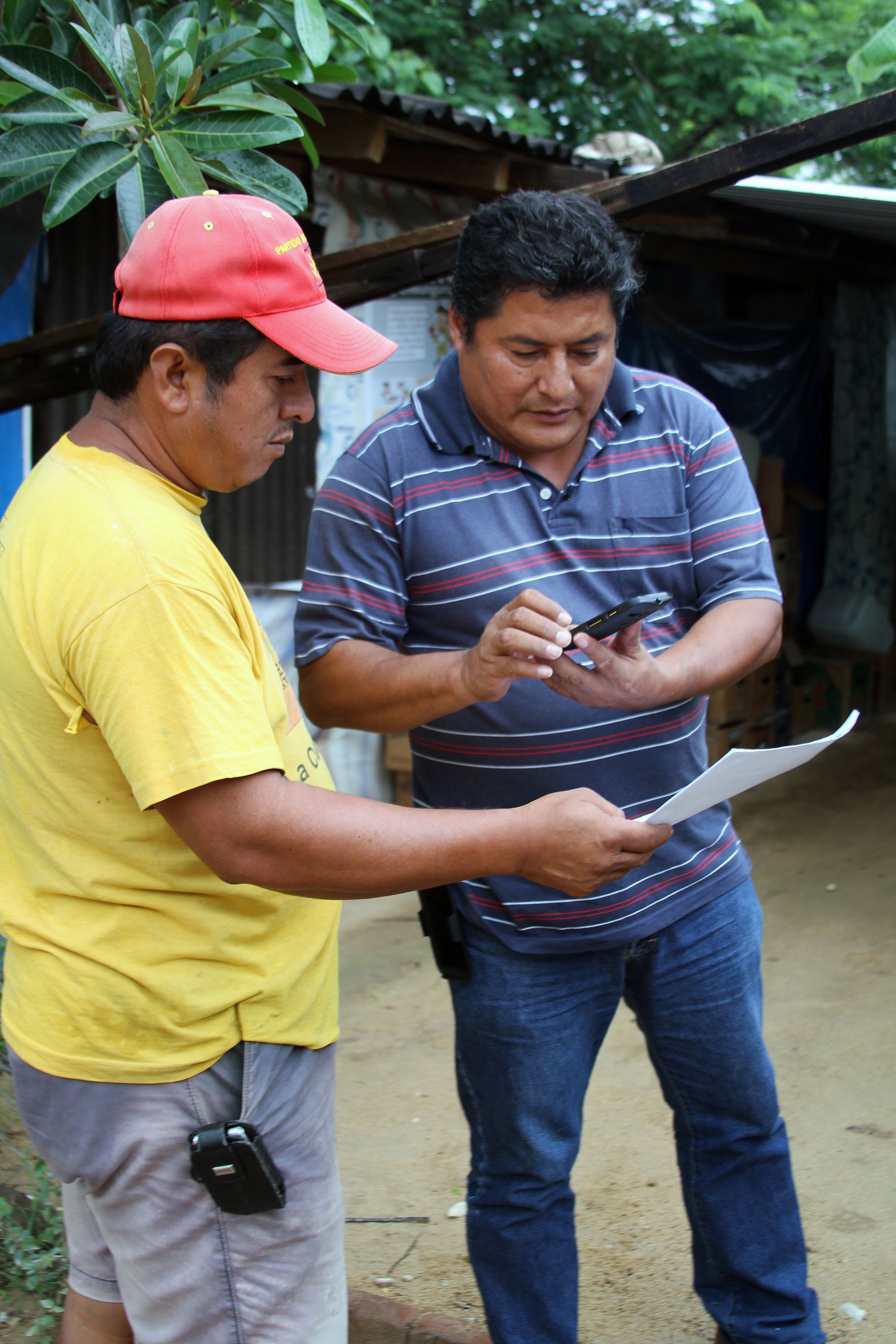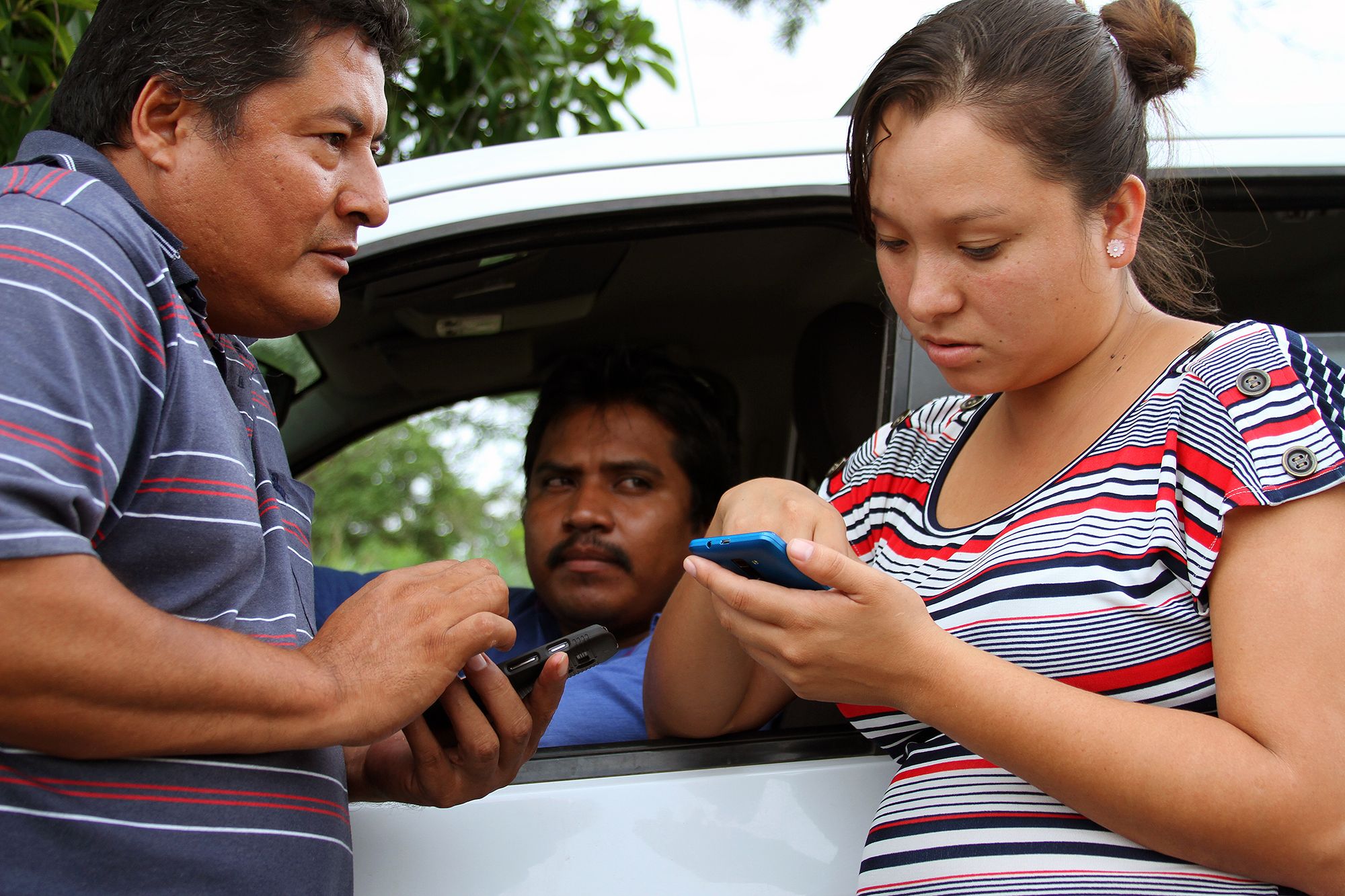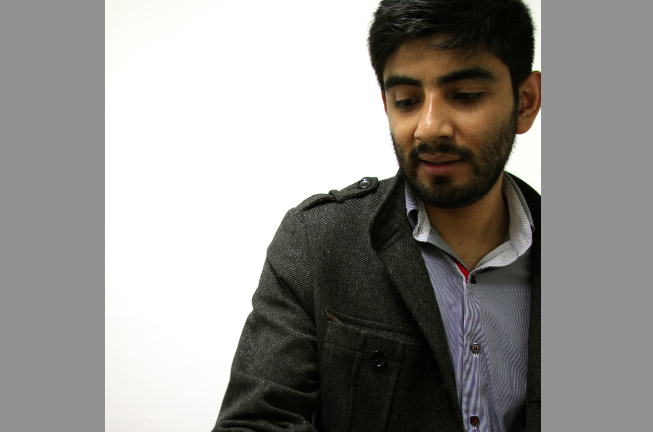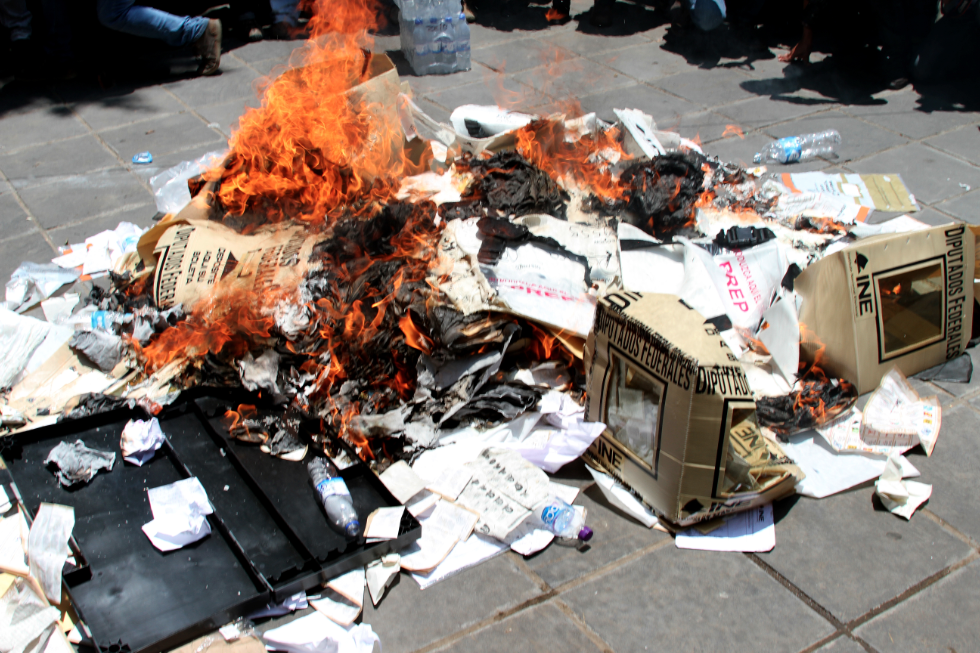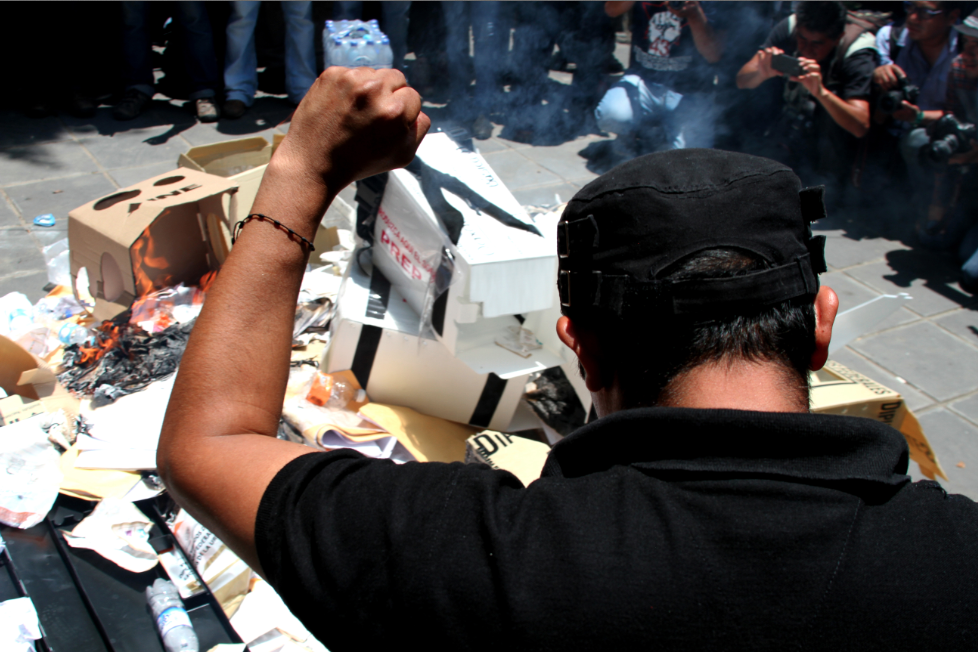This lesson is written as a series of notes for the failitator
This lesson is designed for an early high school classroom on a 100-minute block schedule with access to computers. As alternatives teachers may assign the articles and questions for homework or provide printed copies of the articles for the students to read in class or as homework.
Objective:
Students will analyze whether technology can increase citizens’ abilities to fight corruption when speaking out can result in jail time or death.
Warm-up:
1. Ask students to brainstorm issues they would like to see changed in their school, community, state or nation.
2. Once they have a list, ask students how they might go about trying to achieve those changes.
3. Ask students if they would be willing to take the actions they believe necessary to make the changes and if they believe there is any risk involved.
Introducing the Lesson:
Using two articles pertaining to fighting corruption in Mexico students will assess to what degree technology is helping citizens’ fight corrupt officials.
Activity:
1. First, ask students to read the short article "Mexico: Can Technology Turn the Tide Against Corruption?"
- As a class discuss how technology can help people fight against their corrupt officials.
2. Second, ask students to read the longer article "The Life and Death of an Organizer in Guerrero, Mexico"
-
While reading students should answer:
- How was Jimenez using technology to showcase corruption?
- Did his use of technology keep him anonymous in his reporting of corruption? Explain.
- What did Jimenez’s supporters do related to their use of technology after hearing of his death?
- Do you believe technology helps people fight against their corrupt officials?
Conclusion:
As a class discuss the final question: Do you believe technology helps people fight against their corrupt officials?
Extension:
Assign students to act on their freedom to protest. Students must take a topic from their list of issues they would like to see change and they must take action either by writing a letter, posting an opinion on social media, designing digital informational flyers, etc. This will encourage students to not take for granted their relative freedom to protest and honor those in countries who do not have the ability that Americans have to vocalize opinions on change.
